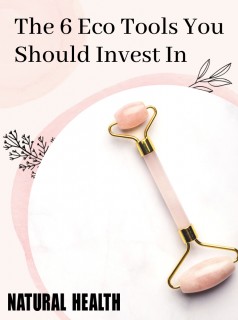Lifestyle and fitness expert Carole Caplin explains the benefits of diaphragmatic breathing
One thing that really frustrates me is how an interest in natural health and wellbeing is so often portrayed as being either delusional, or self-indulgent escapism for those who just refuse to face up to the real world where their own emotional and physical health is concerned. Throughout my working life I have had to deal with criticism about some of my ideas – like the importance of balanced nutrition or aligned posture when exercising – that have now become mainstream. But if you’re a regular reader of tNatural Health you are already a convert to the benefits of exploring and taking charge of your health.
My view is that our health and wellbeing is very much our own responsibility, and every day at my Lifesmart centre I work with people to help them make health and lifestyle changes that enable them to take on greater responsibility for their own health. It’s not about what we do to someone; it’s about what they can do for themselves, with our help. I never cease to be amazed by the possibilities for change, and providing people with the know-how and tools for healthy change is a great privilege.
The first thing we assess with a new client at Lifesmart is their breathing, because how we breathe is integral to everything else we do and it’s also simple to improve. Most clients come to me with little sensory awareness of their diaphragm, almost no idea of how to engage it fully, or a basic understanding of how it works.
Few of us breathe using our full lung capacity. We tend to breathe shallowly, using just the upper part of the chest. This shallow pattern of breathing also makes us breathe more frequently, so instead of one good breath we are over-breathing, taking three or four shallow breaths, which are not nearly so effective. It’s a more tiring way to breathe, so we are expending unnecessary energy, and it’s also a ‘fight or flight’ pattern of breathing which actually makes us feel stressed.
Poor posture, where the chest space is reduced, also forces us to breathe in this restricted way. By making this one simple change – breathing differently and using the lung’s full capacity – we can make an important difference to our energy levels and reduce the stressed feeling that this way of breathing creates.
Try it for yourself
Lying Diaphragmatic Breathing
With regular practice this simple change will make a big difference. Also, once learnt, you can use this way of breathing to calm you down in times of acute stress
• Lie on your back, with the knees bent and place your hand on your tummy. Close your eyes and let your body completely relax.
• As you inhale, try to breathe into the belly and you should feel the belly rise as it moves towards the ceiling. Hold it for a couple of seconds. Then exhale for at least five seconds and you should feel the tummy dropping down toward the spine. Hold it there for two or three seconds and, slowly and fully, breathe in again.
• Perform around 25 to 50 deep breaths daily and watch from injuries to digestive problems what a massive difference doing this makes to your wellbeing.
Carole Caplin is the founder of Lifesmart at the Albany, London’s unique integrated health and fitness centre. Visit www.lifesmart.co.uk for information.
Article by
Carole Caplin
Health and Wellbeing Expert
is a leading UK health and wellbeing expert and and physical fitness coach
Discover more
Article by
Carole Caplin
Health and Wellbeing Expert
is a leading UK health and wellbeing expert and and physical fitness coach
Discover more


 By Carole Caplin
By Carole Caplin 




















